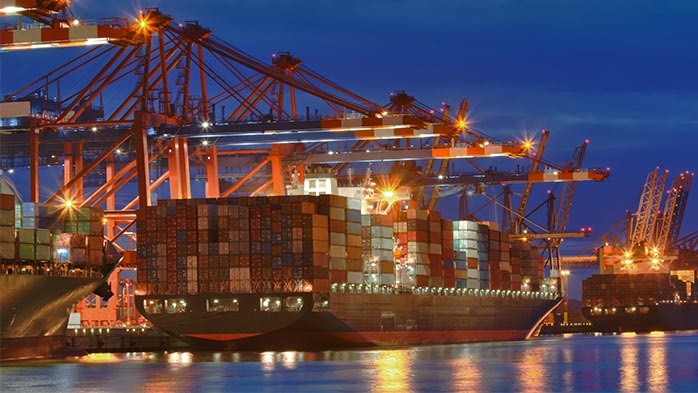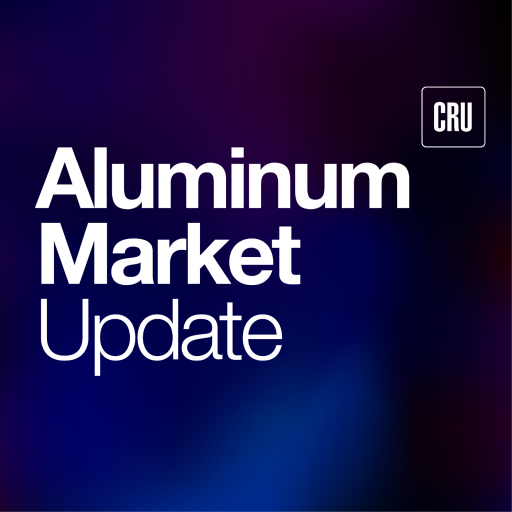Global Trade

June 19, 2025
Rules of retaliation: Canada tightens trade policy on tariff tensions
Written by Nicholas Bell
Canada is ramping up its economic counteroffensive against the U.S.’ decision to double tariffs on Canadian aluminum to 50%, unveiling a sweeping series of policy changes aimed at protecting domestic producers and asserting trade sovereignty through its own protectionist measures.
The moves include reciprocal procurement restrictions, new import quotas, a strategic financing facility for large firms, and the formation of stakeholder task forces for aluminum industries.
“Country of smelt and cast“
Canada’s federal government will begin limiting access to publicly funded contracts starting June 30th, restricting bidding to domestic firms or those based in countries that offer reciprocal access. While formally framed as a matter of fair access, the rule effectively bars most U.S. firms from competing on Canadian government aluminum projects.
The Canadian Department of Finance will implement new import quotas on steel products from non-trade agreement countries, based on 2024 volumes and subject to retroactive enforcement. It’s unclear if a similar review process is slated for aluminum at this time.
That said, the Department of Finance announced its intention to target unfair trade practices by adopting origin-based measures, framed as “country of smelt and cast”, immediately following the delineation of new import quotas on steel products.
The country also announced plans to reimpose counter-tariffs on U.S. aluminum products starting July 21st, depending on the progress of ongoing negotiations.
Strain of Hormuz
While Canada’s domestic policy is evolving, its role in the U.S. aluminum supply chain is little changed.
Maybe it’s coincidence, maybe it’s not – but Canada’s firmer stance comes just as restocking primary products from the Middle East is looking far less certain.
To be sure, imports of Canadian aluminum dropped year-over-year in April, while imports from other regions picked up – specifically for unwrought aluminum originating from the United Arab Emirates (UAE) and Bahrain. Tangentially, Oman, which has an exclave called the Musandam Governorate, a strategic peninsula that juts into the Strait of Hormuz, is also home to the Oman Aluminum Rolling Company. That outlet in particular has been increasingly gaining market share in the U.S. over the last year.
Both the UAE and Bahrain are located in Persian Gulf (Oman is situated in the adjacent Gulf of Oman) and ship a significant volume of ocean freight through the Strait of Hormuz. Iran recently warned it would shut down the maritime chokepoint in retaliation for U.S. involvement with Israel in the region’s ongoing conflict.
Iran’s threat to halt traffic through the Strait of Hormuz is intended to disrupt the flow of oil from the region, but the impact on aluminum and the re-routing of trade routes could be far-reaching at a time when the Midwest delivery premium is already hovering around all-time highs.
Canada’s primary industrial base
Canada’s aluminum industry is heavily weighted toward primary production with roughly 3.5 million metric tons per year of production capacity spread across 11 plants. Key operators include Rio Tinto, Alcoa, and Alouette, which is a joint venture with ownership spread across multiple aluminum companies.
If the policies lead to onshore consumption, it will likely provide some welcome relief to fill the gap in demand spurred by U.S. tariffs, because Canada exports around 80% of its primary aluminum to the U.S.
A handful of extrusion companies also provide some downstream capabilities across the country, including: Almag Aluminum, Altus NZ, APEL Extrusions, Apex Aluminum Extrusions, Dajcor Aluminum, Extrudex Aluminum, METRA Aluminum, and Spectra Aluminum Products.
Rolling capacity constraints
Rolling capabilities are far more limited in Canada. Canada has just one significant rolling mill: Novelis’ Kingston plant, which producers 3XXX and 5XXX series sheet, auto body sheet, and structural automotive flat rolled products. Its capacity only comprises around 2% of North American and U.S. rolling capacity. In fact, the mill recently announced layoffs, attributing the move to demand disruptions caused by the U.S. tariffs.
The U.S. has considerably more U.S. rolling capacity than smelting, but not enough to fully offset a disruption in Canadian flows for the rolled alloy product mix that Novelis Kingston produces. In general, it’s a bit of a moot point, as the vast majority of U.S. rolling capacity still relies heavily on Canadian primary inputs.
Parallel Signals
Alongside the Department of Finance’s recently announced measures, Canada’s Prime Minister Mark Carney is exploring a broader economic deal with the U.S. to roll back tariffs. Meanwhile, Carney has paired its steel and aluminum strategy with a CAD $9 billion military reinvestment program – “Securing Canada”, ahead of this month’s NATO meeting.
The prime minister is expected to enter into a pact with the European Union as part of NATO’s Rearm Europe initiative next week at NATO’s summit in the Hague. The move signals subtly that Canada will withdraw its’ defense spending funnelling into the U.S. – where around 75% of Canada’s capital defense spending ends up – in response to prolonged negotiations and ahead of next week’s NATO summit, an organization anticipating a contentious gathering due to its strained relationship with Trump.
Together, the measures reflect a response from Canada’s new government as it tries to pressure Washington into rolling back duties rather than see them extend.
Strategic shifts in lieu of strategic patience
With retaliatory tariffs, procurement restrictions, and quota enforcement now imminent, the aluminum trade relationship between Canada and the U.S. is entering a more fragmented and politically volatile phase.
With elevated tariffs showing no clear end date, Canada is choosing to increasingly treat the current uncertainty as a catalyst for strategic repositioning.







